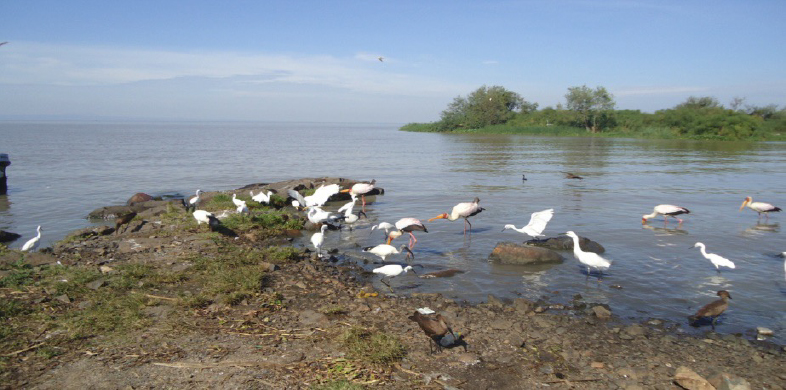Culture has increasingly been recognised in the global urban agendas –the Sustainable Development Goals, the New Urban Agenda, Agenda 2063 and Agenda 21 – arguing for culture to be seen as the fourth pillar of sustainability. Cultural policies through instruments such as UNESCO Conventions have resulted in growing insights of the importance of culture, and since Habitat III, this has increasingly focused on the urban contexts.
On the very local level, In Kisumu, Kenya, protecting and preserving tangible and intangible cultural heritage is critical for developing sustainable livelihoods to support community empowerment in the Lake Victoria region with particular focus on women and minorities.
This has in various ways been documented through previous local and comparative work of Mistra Urban Futures. The ongoing Sida funded consolidation of some of the central projects within the “Realising Just Cities” framework includes the comparative project “Cultural Heritage and Just Cities”.
This work will include a paper on cultural economy initiatives (see below), a manual for cultural impact assessment and a cultural heritage value assessment for sustainable urban livelihoods and community empowerment. This blog is partly based on the forthcoming article.
Sharing ideas between sites
Dunga Beach is one of the important sites for potential tourism development in Kisumu. Some strategies for future development were identified as improving the road infrastructure (from the city to the site), construction of service facilities including an information centre and boats for local trips on the Victoria lake. At other sites in the region, electricity provision is necessary, as is local management and capacity building. The forthcoming paper also emphasizes the need to establish collaboration with stakeholders for networking and sharing of ideas – also between the different sites.
“Due to its very nature, cultural heritage planning for sustainable growth requires effective partnerships”, the authors write and argue that there is need for local communities, NGOs, Kenya’s government, county government and development partners to work closely together in order to develop a sustainable cultural heritage promotion. This will make a community a better place to live as well as an attractive cultural place destination.
Hence, deliberate efforts should be made by all stakeholders to make tourist experiences as exciting, engaging and interactive as possible. There is also an urgent need to take good care of them; many of Kisumu county’s cultural heritage resources are irreplaceable.
Based on article "Cultural Planning of Dunga, Abindu and Kit-Mikayi Cultural Heritage Sites, Kisumu City, Kenya"
by Dr. Fredrick Odede, Prof. Patrick Hayombe, Prof. Stephen Agong’, and Dr. Fredrick Owino. Published 2020.
Photo: Wetland birds at Dunga Beach, Kisumu
